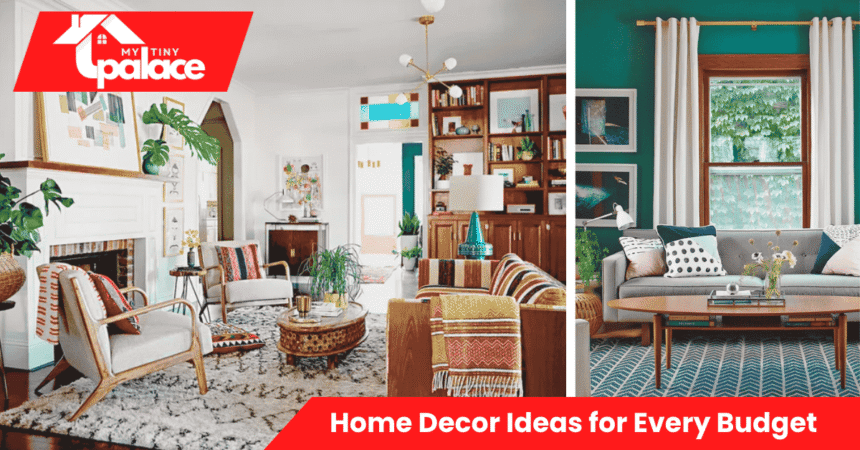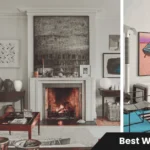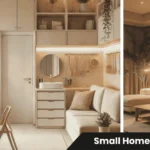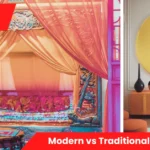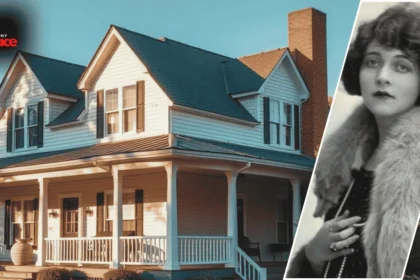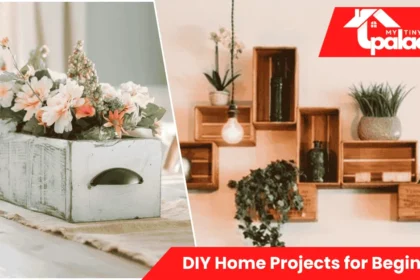Quick Overview — Affordable Style for Every Space
Creating a beautiful home doesn’t require emptying your bank account. Smart choices, creative thinking, and knowing where to invest your money can transform any space. Whether you have $50 or $500 to spend, these home decor ideas for every budget will help you refresh your rooms without financial stress.
- Quick Overview — Affordable Style for Every Space
- What Are Home Decor Ideas for Every Budget?
- Why Budget-Friendly Decor Matters
- Decorating on a Tight Budget: Under $50
- Mid-Range Refresh: $200 and Under
- Splurge Smartly: $500+ Transformations
- DIY vs. Store-Bought: Finding Your Balance
- Cost, Time, and Effort at a Glance
- Tips to Maximize Every Dollar
- Bringing It All Together: Final Thoughts
What Are Home Decor Ideas for Every Budget?
Home decor ideas for every budget mean finding stylish ways to update your space, regardless of how much money you can spend. This approach combines DIY projects, thrift store finds, and affordable retail purchases to create a cohesive look. The concept recognizes that not everyone has the same financial resources, yet everyone deserves a home that feels comfortable and reflects their personality.
Budget-friendly home decor isn’t about buying cheap items that fall apart quickly. It’s about making intentional choices that maximize visual impact while minimizing cost. You might splurge on one statement piece while saving money on accessories. Or you could repurpose items you already own instead of buying everything new.
The beauty of decorating across different budget levels is the creativity it demands. When you can’t simply purchase everything from a catalog, you start thinking differently about materials and possibilities. That old ladder becomes a bookshelf. Mason jars transform into vases. A fresh coat of paint completely changes a room’s mood.
This inclusive approach works for renters who can’t make permanent changes, homeowners planning major renovations, and everyone in between. The key is understanding that style comes from thoughtful choices, not price tags. A well-arranged thrift store collection often looks better than randomly placed expensive pieces.
Why Budget-Friendly Decor Matters
Affordable home decor ideas reduce the financial pressure that keeps many people from updating their spaces. When you know you can refresh a room for under $100, decorating becomes accessible rather than stressful. This removes the barrier between wanting change and actually making it happen.
Budget consciousness also encourages sustainability. Instead of buying new furniture every time trends shift, you learn to repurpose and update existing pieces. Painting an old dresser costs far less than buying new and keeps furniture out of landfills. Thrifting vintage items gives them new life while preventing waste.
For renters, low-cost decorating ideas solve the problem of improving a space you don’t own. You can create a home that feels personal without drilling holes or making permanent modifications that violate lease agreements. Removable wallpaper, freestanding shelves, and temporary solutions give renters the same decorating freedom as homeowners.
Financial flexibility matters when life circumstances change. If you lose income or face unexpected expenses, knowing how to maintain a beautiful home on less money provides stability. Your living space shouldn’t suffer just because your budget is tight temporarily.
Budget-friendly approaches also boost creativity. Constraints force innovation. When you can’t afford that $800 coffee table, you might build one from reclaimed wood that looks even better. Limited resources push you to develop skills and confidence you wouldn’t gain by simply purchasing solutions.
Decorating on a Tight Budget: Under $50
Wall art transforms empty spaces without major investment. Print free downloadable art from museum websites or frame pages from vintage books. Create a gallery wall using mismatched frames from thrift stores, painted the same color. Even simple postcards arranged in a grid pattern add visual interest for minimal cost.
Textile changes refresh rooms instantly. New pillow covers cost $10 to $20 each and completely alter a sofa’s appearance. Make your own by cutting and sewing fabric remnants, or use iron-on hem tape for no-sew versions. Switching through blankets seasonally keeps your space feeling current without spending much.
Plants bring life to any room, and many varieties thrive on neglect. Pothos, snake plants, and succulents cost $5 to $15 at garden centers. Propagate cuttings from friends’ plants for free additions. Display them in repurposed containers like tin cans wrapped in twine or painted glass jars.
Lighting changes the mood dramatically. Swap standard light bulbs for warm LED bulbs that create a more cozy ambiance. Add a $15 clip lamp in a dark corner. String lights from the hardware store provide soft accent lighting for under $20. These cheap home decor ideas work in rental properties since they require no permanent installation.
Thrift stores and garage sales offer incredible finds for people willing to look. A $5 ceramic vase becomes a statement piece. Vintage frames cost dollars instead of the $30 retailers charge. Visit regularly because inventory changes constantly. The best deals go to consistent shoppers who know what they’re looking for.
Rearranging existing furniture costs nothing but creates a fresh layout. Move your sofa to a different wall. Swap items between rooms. Sometimes the refresh you need already sits in your home—it just needs repositioning.
Mid-Range Refresh: $200 and Under
Area rugs anchor rooms and define spaces, especially in open floor plans. A quality 5×7 rug costs $100 to $150 during sales and grounds your furniture arrangement. Choose neutral colors for longevity or bold patterns if you like changing decor frequently. Rugs also work perfectly for renters since they’re portable and require no installation.
Paint delivers maximum visual impact for a modest investment. One gallon covers roughly 400 square feet and costs $30 to $50. An accent wall in a bold color creates a focal point without overwhelming the room. Paint outdated cabinets, furniture, or trim to modernize them. Peel-and-stick wallpaper offers pattern without commitment, ideal for rental situations.
Floating shelves provide both storage and display opportunities. Install them above desks, beside beds, or in awkward corners. A set of three quality shelves runs $40 to $80. Style them with books, plants, and decorative objects to add personality. This affordable home decor solution works especially well in small apartments where floor space is limited.
Multipurpose storage furniture solves clutter while enhancing style. An ottoman with hidden storage costs $80 to $150 and serves as seating, a footrest, and organization. Storage benches work in entryways for shoes and bags. These functional pieces maintain clean lines while hiding everyday items.
Curtains frame windows and control light. Ready-made panels cost $25 to $50 per pair. Hang them high and wide—mount rods near the ceiling and extend them beyond the window frame. This trick makes rooms appear larger and more expensive than they are. Choose heavier fabrics for bedrooms to block light and lighter materials for living areas.
Statement mirrors reflect light and expand visual space. A large decorative mirror costs $60 to $120 but makes rooms feel twice the size. Place mirrors opposite windows to maximize natural light. Lean them against walls for an intentional casual look if you can’t or don’t want to hang them.
Splurge Smartly: $500+ Transformations
Lighting fixtures serve as jewelry for rooms. A stunning chandelier or pendant light costs $200 to $400 but becomes the conversation piece. Modern sculptural lamps provide both illumination and art. These investments work across multiple homes and decorating styles, making them worth the higher price point.
Quality sofas and chairs last for decades when you choose well. A $600 sofa from a reputable brand outlasts three $200 versions. Look for hardwood frames, eight-way hand-tied springs, and durable upholstery. If the price feels steep, shop floor models or wait for holiday sales. This splurge-worthy purchase affects daily comfort and room aesthetics significantly.
Built-in shelving or custom closet systems maximize odd spaces. A professional install costs $500 to $1,000 but adds storage that perfectly fits your room’s dimensions. This upgrade particularly benefits small homes where every inch counts. Custom solutions also increase property value for homeowners planning to sell eventually.
Accent walls using premium materials create a luxury feel. Shiplap, board-and-batten, or real wood planks cost more than paint but add texture and depth. Budget $300 to $600 for materials and installation on one focal wall. The investment pays off in the elevated atmosphere it creates.
Modular furniture systems adapt as needs change. A quality sectional sofa lets you rearrange configurations. Modular shelving grows with your collection. These flexible pieces justify higher costs because they evolve with you instead of becoming outdated when life circumstances shift.
Smart home upgrades combine function with modern appeal. Programmable thermostats, motorized blinds, and smart lighting cost $200 to $400 per room but add convenience and energy savings. These tech-forward additions appeal to buyers, making them strategic investments rather than pure expenses.
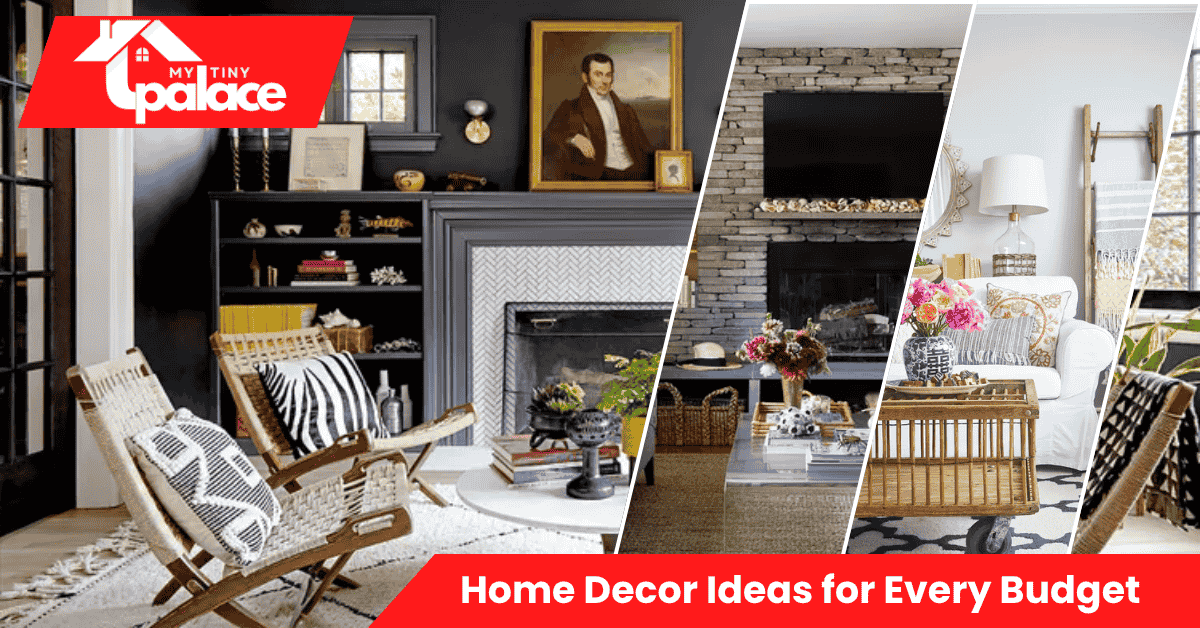
DIY vs. Store-Bought: Finding Your Balance
DIY projects save money but require time and skill. Building a coffee table from scratch might cost $50 in materials compared to $200 for a similar store version. However, you’ll spend several hours cutting, assembling, and finishing. Honestly assess your abilities and available time before committing to complex projects.
Store-bought items offer convenience and immediate results. You order, it arrives, you place it. No tools or learning curve required. This matters when you need quick solutions or lack confidence in your crafting skills. Sometimes paying extra for professional manufacturing makes sense.
The sweet spot combines both approaches. Buy affordable furniture basics and customize them with DIY touches. Add new hardware to a budget dresser. Paint a plain bookshelf an unexpected color. Reupholster chairs with fabric you love. This hybrid method gives you unique pieces without starting from zero.
Consider the project’s permanence when deciding. DIY works great for changeable elements like pillow covers, art, and small decorative items. Let professionals handle or buy ready-made structural items like bed frames and dining tables where quality and safety matter more.
Your skill level should guide choices. If you enjoy woodworking, build furniture. If sewing relaxes you, make textiles. Play to your strengths rather than forcing skills you don’t enjoy developing. The process should feel satisfying, not frustrating.
Cost, Time, and Effort at a Glance
Understanding the investment required for different budget levels helps you plan realistically. Low-cost updates happen quickly with minimal skills. Higher budgets often involve more planning and sometimes professional help.
| Budget Level | Cost Range | Time Required | Effort/Skill | Example Project |
|---|---|---|---|---|
| Tight Budget | Under $50 | 1-3 hours | Easy (beginner-friendly) | DIY art, new throw pillows, and rearranging furniture |
| Mid-Range | $50-$200 | 3-8 hours | Moderate (some tools/skills) | Painting accent wall, installing shelves, and new curtains |
| Higher Budget | $200-$500+ | 1-3 days | Advanced (or hire a professional) | Furniture purchase, lighting upgrade, custom storage |
This table shows that even tight budgets can achieve visible changes quickly. The relationship between cost and effort isn’t always linear—sometimes spending more actually saves time and stress.
Tips to Maximize Every Dollar
Thrift stores and consignment shops hide treasures among ordinary items. Visit regularly because inventory rotates constantly. Bring measurements and a tape measure to verify items fit your space. Inspect quality carefully—solid wood beats particle board even if both cost the same used.
Repurposing transforms items you already own into new decor. Old ladders become blanket holders. Vintage suitcases stack into side tables. Crates turn into wall shelving. This costs nothing and creates unique pieces nobody else has.
Seasonal sales offer predictable savings. Buy holiday decor in January when stores clear inventory. Purchase patio furniture in September as summer ends. Paint goes on sale in spring and fall at most home improvement stores. Planning purchases around these cycles stretches your budget significantly.
Focus money on high-impact areas where changes make the biggest difference. In living rooms, prioritize seating since that’s where you spend time. In bedrooms, invest in comfortable bedding over decorative items. Identify each room’s focal point and enhance that, rather than spreading money across many small changes.
Start with one room instead of trying to update your entire home simultaneously. Complete transformations feel more satisfying than partial changes everywhere. Finishing one space also teaches you what works before you invest in other areas.
Join local buy-nothing groups or online marketplaces where people give away items they’re replacing. You’ll find furniture, decor, and materials for free or very cheaply. These community resources work especially well for temporary needs or experimental projects.
Bringing It All Together: Final Thoughts
Style isn’t about how much you spend—it’s about making thoughtful choices that reflect who you are. A carefully curated space filled with meaningful items beats an expensive but impersonal room every time. These home decor ideas for every budget prove beautiful homes are accessible to everyone willing to think creatively.
Start small if the whole process feels overwhelming. Pick one corner or one wall. Choose a project that excites you rather than feels like an obligation. Success in a small area builds confidence for bigger changes. Remember that decorating is ongoing—your home should evolve as you do, not achieve perfection and freeze.
Your budget doesn’t define your style. It simply determines how you achieve it. Whether you’re working with $50 or $5,000, these principles apply. Choose what feels right for your space and situation. Begin today with what you have.






